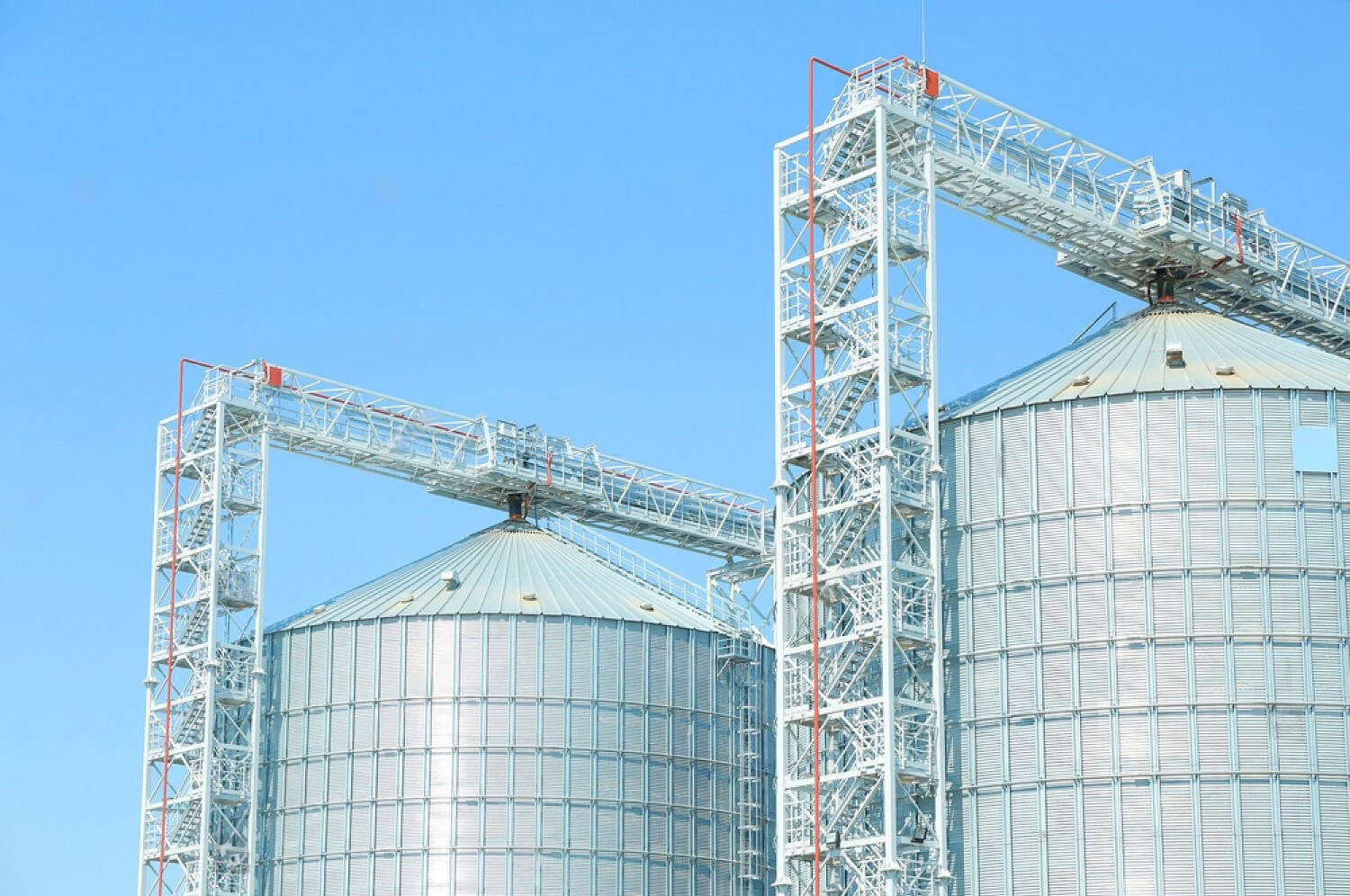
- ¡Contáctanos!
- +56 22 7957822
- 600 361 2077
- +569 4462 6445
- [email protected]

For a solution, contact a professional
Both the import or export of dry, fresh or processed foods needs to meet a series of conditions such as that they do not contain any pests in them, in addition to not presenting toxic residues, beyond the MRLs (maximum residue limits) allowed.
Places such as food product storage warehouses, fruit or vegetable packaging or processing plants, flour mills and pasta factories are some of the places with environments suitable for the development of pests that tend to spread quickly, mainly those that are capable of adapt to the various environmental, climatic and nutritional conditions of the place.

There are various means for pest control treatment and one of them is chemical treatments, among them the most effective and harmless are treatments with fumigant gases. Fumigant gases are capable of penetrating and eliminating pests effectively without leaving toxic residues. Among these fumigant treatments, the one that satisfactorily meets all global requirements for Safety and Absence of Toxic Residues on all fumigated products is phosphine.
Phosphine, also called phosphine, is normally applied in pill format. When these pills come into contact with air and humidity, they react, generating hydrolysis, releasing the phosphine gas PH3.
Phosphine (PH3) is a colorless, odorless and flammable gas, in high concentrations it can explode at room temperature. It has a low molecular weight with a high vapor pressure, which also helps with uniform distribution. Since it is a highly toxic gas and is a flammable compound, its use, transportation and storage must meet the highest safety requirements.
Phosphine gas is odorless, odorless in its pure state or with an alliaceous or calcium carbide-like odor in commercial formulations (between garlic and fish). The density of phosphine is slightly higher than air, which favors a uniform distribution of the gas. It is slightly soluble in water.
Phosphine (PH3) is used as a fumigant gas for cereals and nuts. This gas is used to prevent the infestation of pests such as insects or mites in grains and merchandise since they penetrate the stigmas during the respiration of insects and pests. exterminating within a period of 24 to 36 hours.
Even if many of these cereal pests do not pose many dangers to human health, they can transmit bacteria and viruses that contaminate stored food products.
Phosphine fumigation is used to control pests and protect food and grains from insects, ensuring the quality of the goods. For this process to be carried out correctly, an adequate concentration (PPM) must be maintained while the correct exposure period is carried out. Furthermore, since it is flammable, it is susceptible to the combustion process, but thanks to the garlic smell it gives off, it is possible to avoid accidents. and poisoning
What is Ph3?
Phosphine is a compound with the chemical formula PH3. It is a molecule that is used in the form of aluminum phosphide, calcium phosphide or zinc phosphide particles. These particles release phosphine when they come into contact with atmospheric water.
Phosphine, due to its toxicity, must be used by properly trained technical personnel, who must keep in mind all the precautions and safety recommendations for the proper handling of toxic substances.
Phosphine poisoning can be caused by:
Approximately 400 products or by-products of plant or animal origin can be effectively fumigated with phosphine, among them are:
they have trusted us
More than 2000 satisfied clients, some of the companies that trust our integrated pest management services
Av. Sucre 2385, Ñuñoa, Santiago, Chile
E-mail: [email protected]
Phone: +562 2979 1112
Phone: 600 361 0277
Phone: +562 2795 7822
Av. Concón Reñaca 372, Concón, Valparaíso, Chile
Phone: +562 2795 7822
Phone: +562 2795 7822
Phone: +562 2795 7822
Llámanos ahora
O complete sus datos y nos contactaremos a la brevedad
Llámanos ahora
O complete sus datos y nos contactaremos a la brevedad